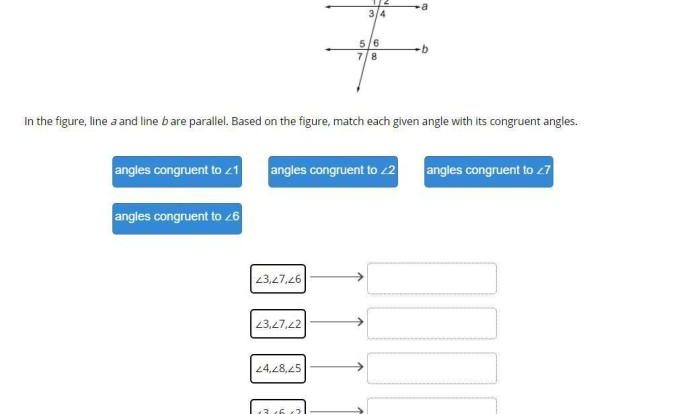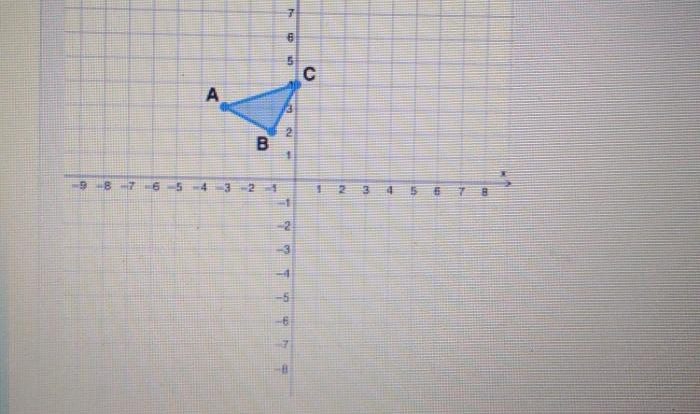Properties of parallelograms maze 1 answer key – Embark on an enlightening journey into the realm of parallelograms with our comprehensive answer key for Maze 1. This guide unlocks the intricacies of these fascinating quadrilaterals, revealing their defining characteristics, key properties, and practical applications. Prepare to unravel the secrets of parallelograms and conquer the maze with confidence.
Delving into the fundamental properties of parallelograms, we explore the relationships between their opposite sides, angles, and diagonals. We uncover the concept of parallel lines and congruent segments within these geometric wonders, providing a solid foundation for understanding their behavior.
Properties of Parallelograms: Properties Of Parallelograms Maze 1 Answer Key
Parallelograms are quadrilaterals with opposite sides parallel to each other. They possess unique characteristics that make them distinct from other quadrilaterals.
Key features of parallelograms include:
- Opposite sides are parallel and congruent.
- Opposite angles are congruent.
- Diagonals bisect each other.
- Diagonals divide the parallelogram into four congruent triangles.
Key Features of Parallelograms, Properties of parallelograms maze 1 answer key
The properties of parallelograms stem from the parallel lines and congruent segments that define them. Opposite sides being parallel means they never intersect, while opposite angles being congruent implies that they have the same measure.
Diagonals play a crucial role in parallelograms. They bisect each other, meaning they intersect at a point that divides them into two equal segments. This property leads to the division of the parallelogram into four congruent triangles.
Properties of Diagonals
The diagonals of a parallelogram possess unique properties that further define the shape. When diagonals intersect, they form four right angles, making the parallelogram a special case of a rhombus.
The diagonals also divide the parallelogram into four smaller parallelograms. The diagonals bisect each other, dividing the area of the parallelogram into four equal parts.
Applications of Parallelograms
Parallelograms find applications in various fields, including architecture, design, and engineering. Their unique properties make them suitable for creating patterns, structures, and designs.
For instance, in architecture, parallelograms are used in the construction of roofs, walls, and windows. In design, they are employed in creating logos, textiles, and decorative patterns. In engineering, parallelograms are used in the design of bridges, trusses, and other structures.
FAQ Compilation
What are the key features of parallelograms?
Parallelograms are characterized by opposite sides that are parallel and congruent, opposite angles that are congruent, and diagonals that bisect each other.
How are parallelograms used in real-world applications?
Parallelograms find applications in architecture (e.g., roofs, windows), design (e.g., logos, patterns), and engineering (e.g., bridges, trusses).

